
Welcome to TutterflyCRM, first travel CRM that is a complete solution to all of your travel needs. This guide will help anyone new to TutterflyCRM web application. It can benefit companies preparing themselves for adopting a new travel CRM and build better relationships with other agents and the end-customer.
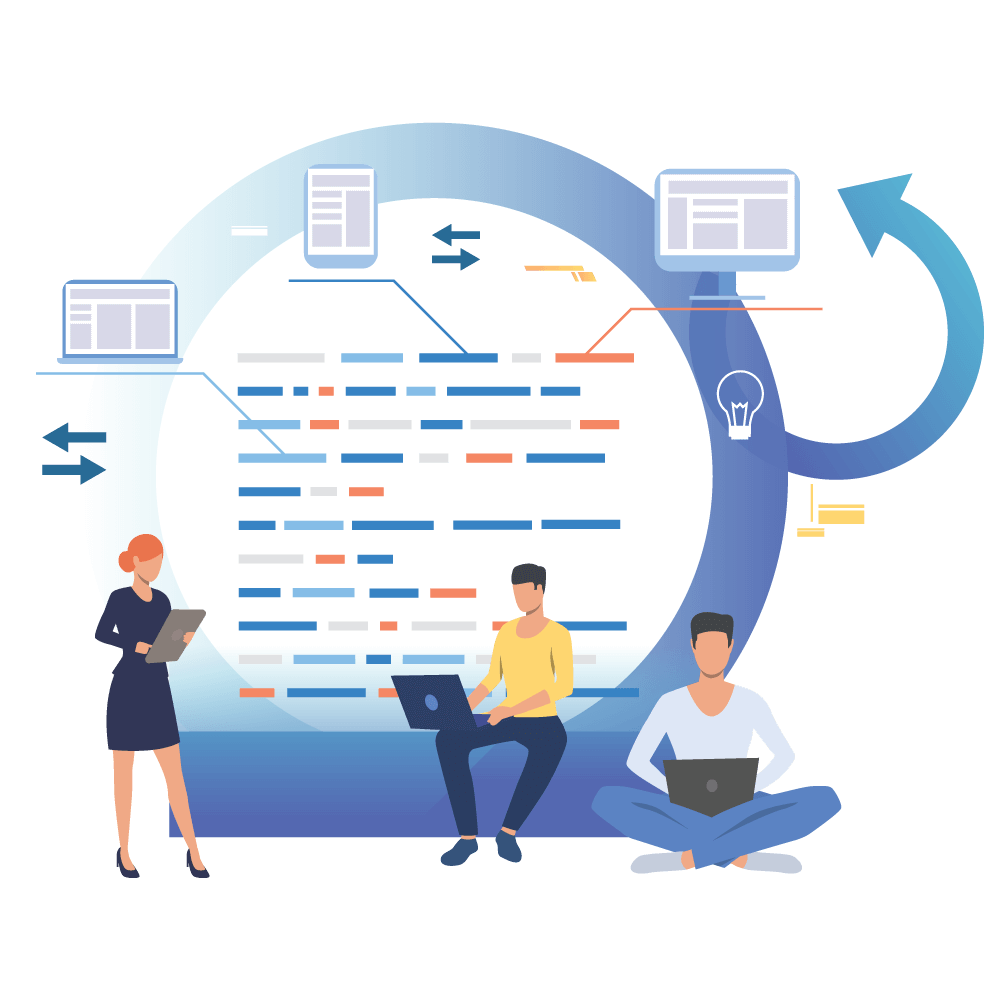



A plan is necessary before moving or transitioning to a new CRM. A pre-defined strategy can help with the entire process. It will communicate to everyone about the order of things that will happen in a company after adopting a new CRM. A proper layout will help save time, money and other resources. It will help with approaching things in an organised and manageable way.
This will be an intermediary that plays a role in bridging the gap between the vendor and the employees of the organization. He is the one handling the entire implementation project. He/she may be a technician familiar with all the working of a CRM. He is a person who will manage users, assign roles and privileges. He has knowledge about the sales processes, organizational structure and work culture to build lasting business relationships.
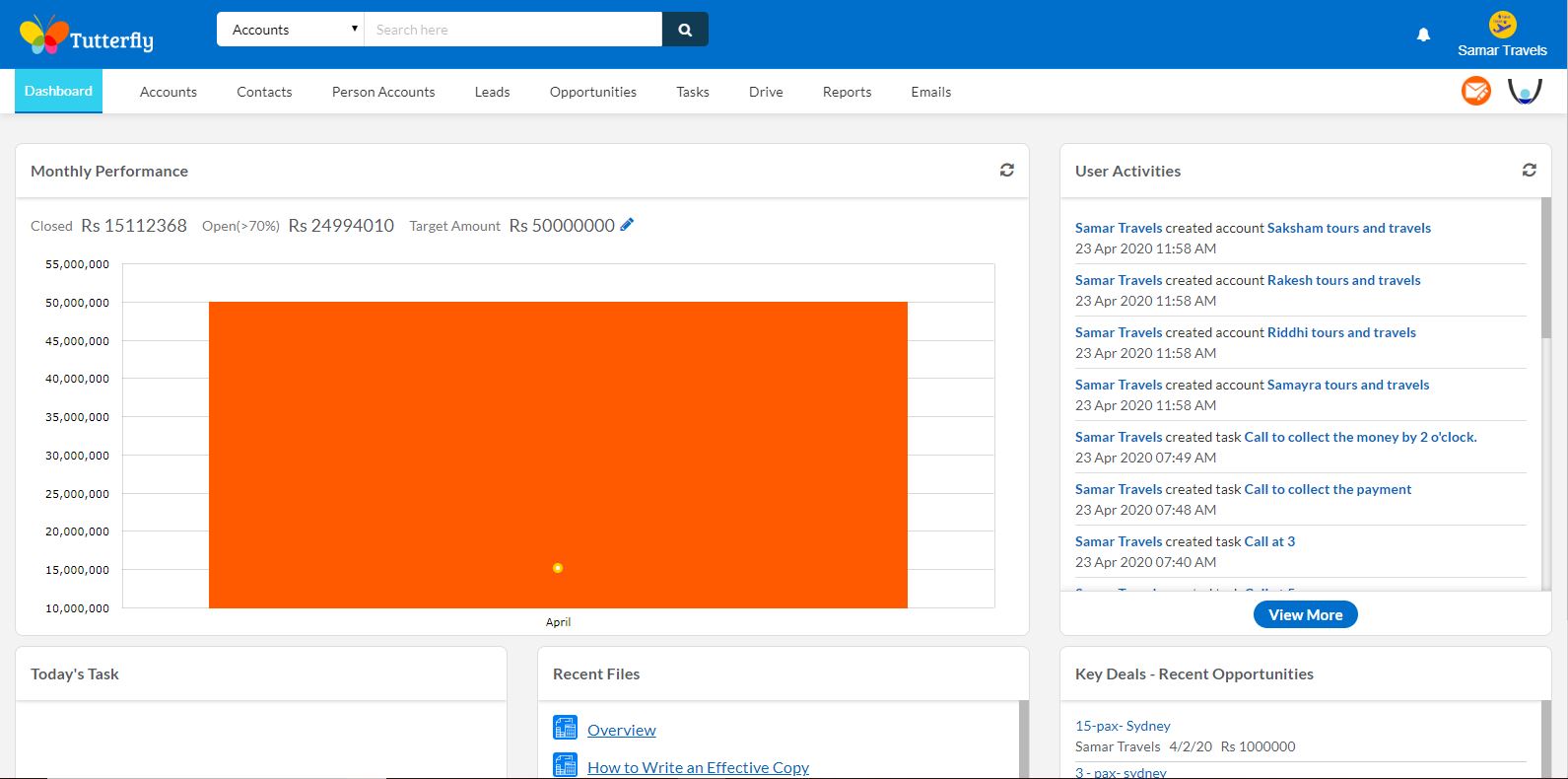
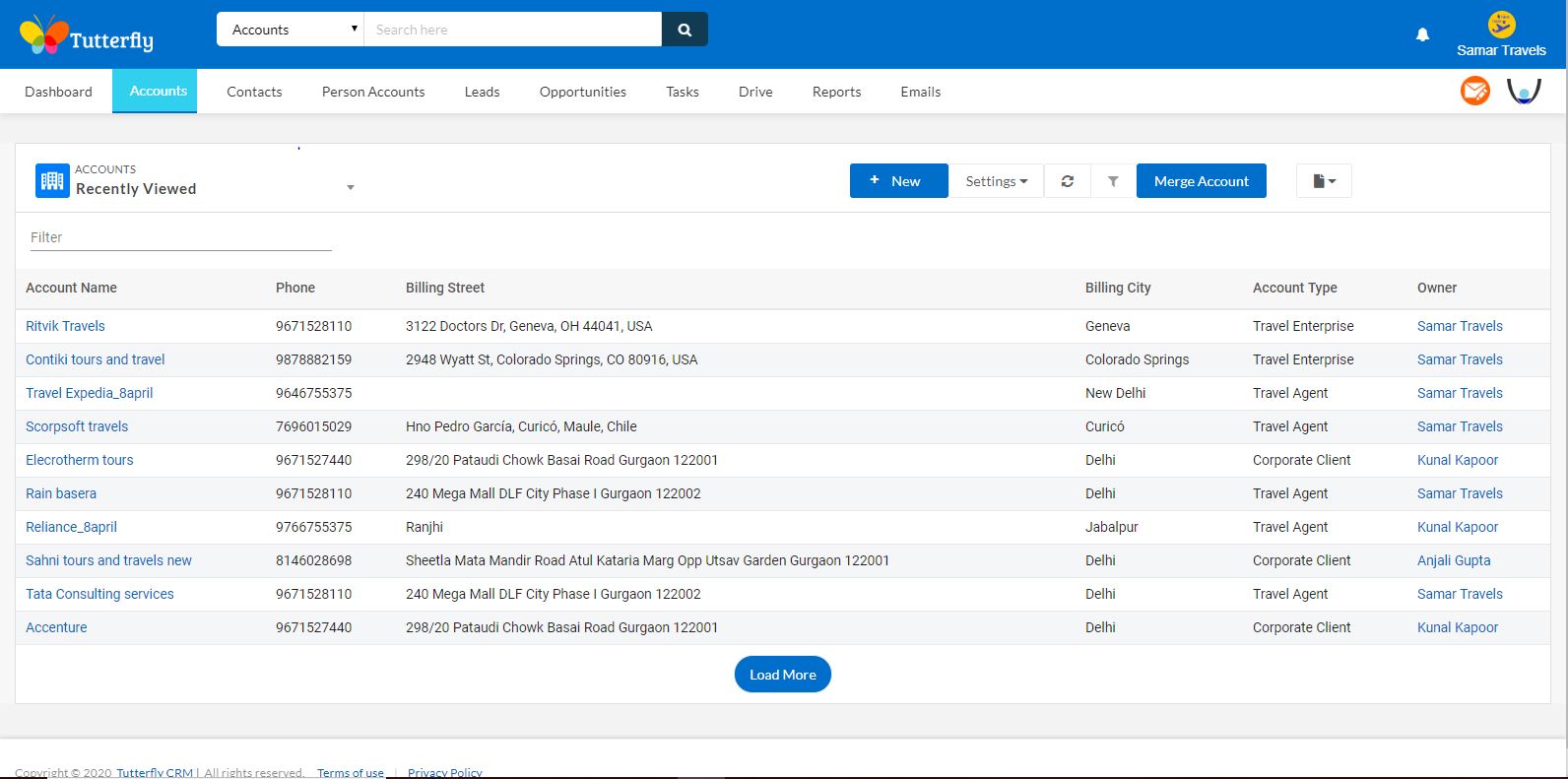
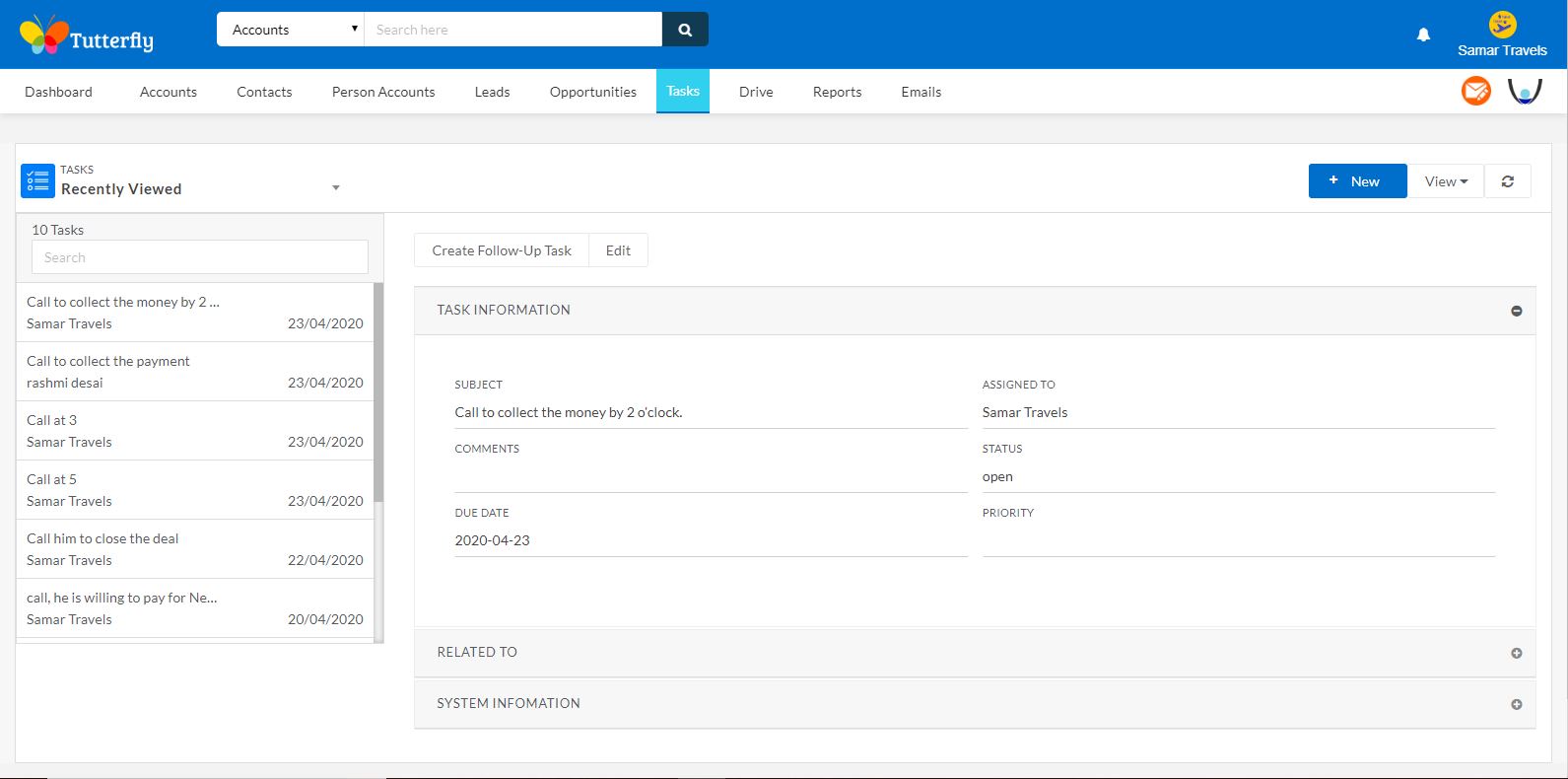
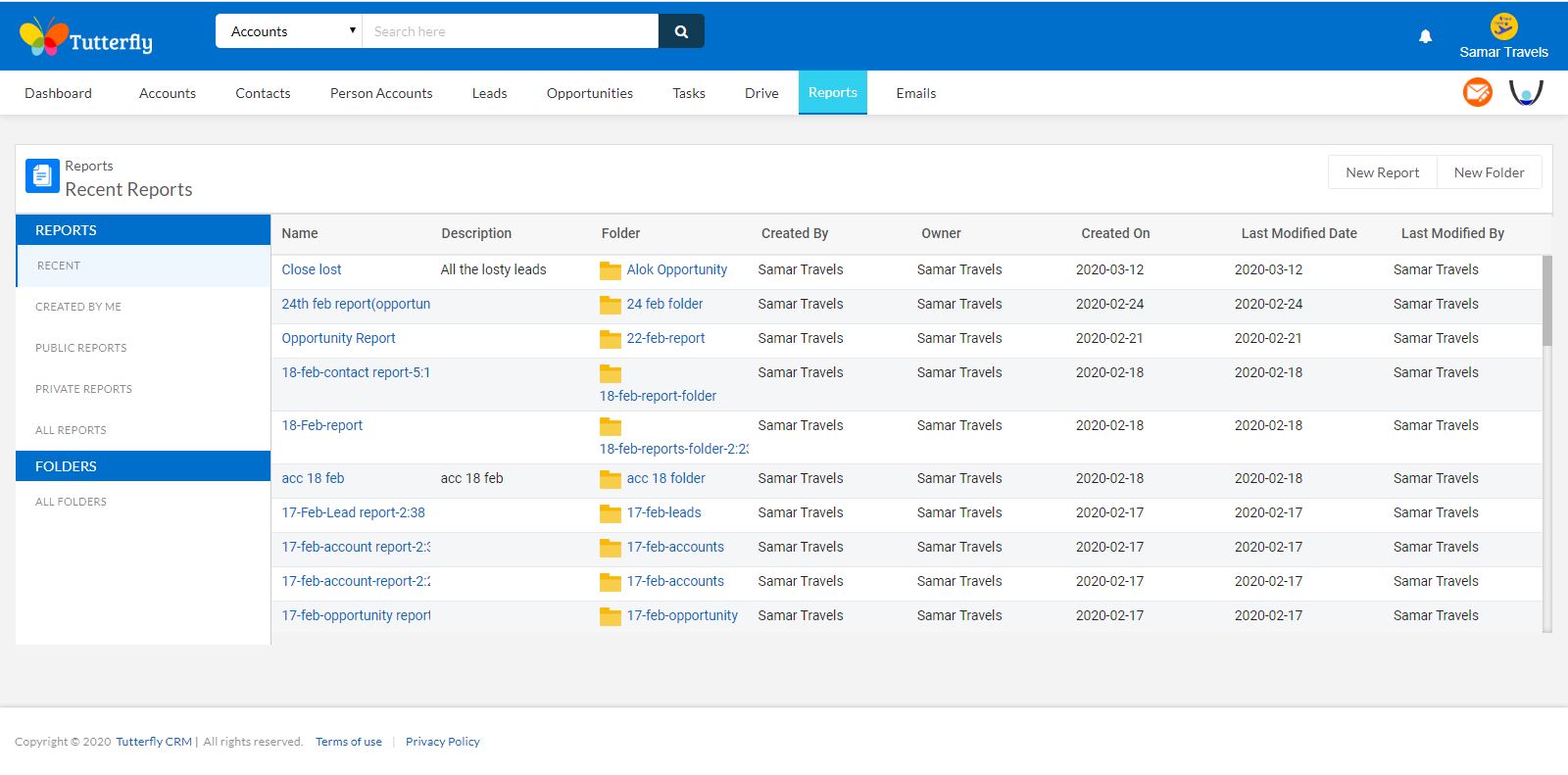
Create a proper plan before starting with the implementation. Decide how much time and money it will take to launch the new CRM. Set parameters to how much manpower and time it will take to train others. Define goals and set milestones to complete tasks. Do not deviate from the list and set priorities at each level.
Make a list of all the functionalities essential in the new CRM. Communicate this to the vendor for any customization. Also, confirm with the admin and the management whether to save data on-site or on a cloud server. Decide whether to include old data or transition will be fresh by including all open opportunities?
Each employee gets affected by the move to a new CRM. This will include the upper management and agents working of sales. This will also include employees working of different department such as sales, marketing etc. Inform everyone about the changes being made in the company. Apologise to the end-customer if there is a delay in services due to the transition.
This means people, process and price. Take on estimate time and money it will take to complete the entire implementation process. Check if it will take time out of regular working of an organization. A company can transition to a new CRM in stages if required. A company should also determine the level of access each user will have.
Account: It is used to store information about a client or customer that you do business with.
Contact: Contacts are for storing personal or business information of individuals we do business with. Each account can have multiple contacts. Each has a name and contact details separate from their account. In TutterflyCRM, contacts can store phone number, email address, department name, birthday, lead source, account name, fax, title, etc.
Opportunity: When leads are profitable, they become an opportunity. It is not a business or a person but a future sale. It represents a transaction between a company and an account.
Personal Account: Person Accounts are the individuals who directly interact with our business to get tour packages without linking to any agency. We can also consider it as contacts in many situations.
Lead: It is a business record with a possibility of creating revenue. Once these leads get mature, we consider them as accounts and contacts. TutterflyCRM considers the lead’s first name as a contact and lead’s source company as an account.
Call logging: It helps to record information from the telephonic conversation.
Task: A task is an assigned action that a user needs to complete. They are action items and reminders.
View: A view is a virtual table. It has both rows and columns. We can design it for security in a database. Views restrict the user from editing or deleting certain columns or rows.
List view: Allows visibility for filtered records such as contact, account, or custom objects.
Kanban view: The Kanban view displays a visual summary for a selection of records. By seeing all records at once, you can monitor your work.
CRM: Customer Relationship Management (CRM) is an application used to organise all contacts and their information. It can manage new and old clients and their contacts. It captures data from different points of contact including phone, website, email, live chat, marketing materials, and social media. It makes communication and collaboration much easier by storing all the data in a central location.
User profile: Profiles define how users access records and related data and what they can do with the application. When a user gets created, TutterflyCRM assigns a profile to each.
After learning about all the concepts, the next step is to set up the admin panel. There are a lot of features and functionality available in this platform, which is editable. Following is a list of all the tabs visible to the administrator:
These are drop-down menus that expand to give users different choices. They can select one and proceed to the next field. Each option is editable and can be deleted through the admin panel. The following are some picklist mentioned in the TutterflyCRM administration board:
This section can define a list of all the business categories available. TutterflyCRM asks this in ‘Accounts’ section at the time of adding new account.
This is an initial verbiage that can uniquely identify a user. This option is available at the time of creating a new lead or contacts.
This enlists different ratings of a lead based on the probability that it can turn into an opportunity. Each lead can have numerical value to represent the level of interest a company has in your product and service.
It will show the current status of a lead being converted to a closed won opportunity. It displays different stages that a lead goes through in its lifecycle. It can be contacted, open, qualified, unqualified, closed.
It displays the current status of a task. It can be urgent, high, medium, low or normal.
It is used to set the urgency with which a user needs to complete the task.
Opportunity Inclusion represents a list of services that are included with a package.
This defines types of experiences that are provided as a part of a package. It can be adventure, family, leisure or honeymoon, etc.
This is a list of destinations that are the travel company deals in.
Sales Stages: These are the different stages with which a sales lifecycle goes through
Users: It is used to add, edit, and delete users that will use the CRM.
Roles: It is used to define the hierarchy of the organizational structure.
Profiles: This section defines privileges that are assigned to each user.
Email Templates: An administrator designs a particular format to ensure consistent messaging and increase productivity. It is used to create personalised and customized emails for sending the same message repeatedly.
Email Footers: Email footer is a common messaging technique used by an organization. It comprises of a few lines added at the bottom of the email after a signature. Users can apply email footers to all emails and save time.
Company Information This section displays some details about your company working with TutterflyCRM.
The next step is to understand the stages involved in a sales lifecycle. Every organization deals with the following terminology to work through a sales pipeline. These stages are customizable through the admin panel.